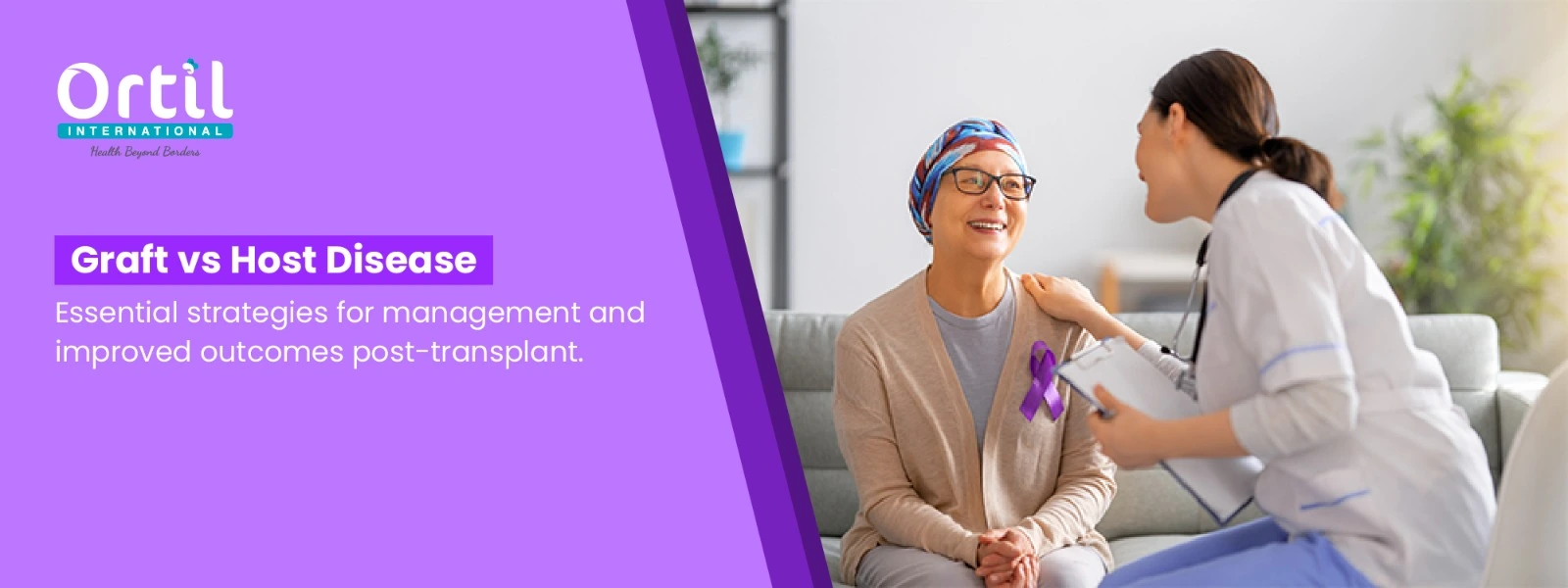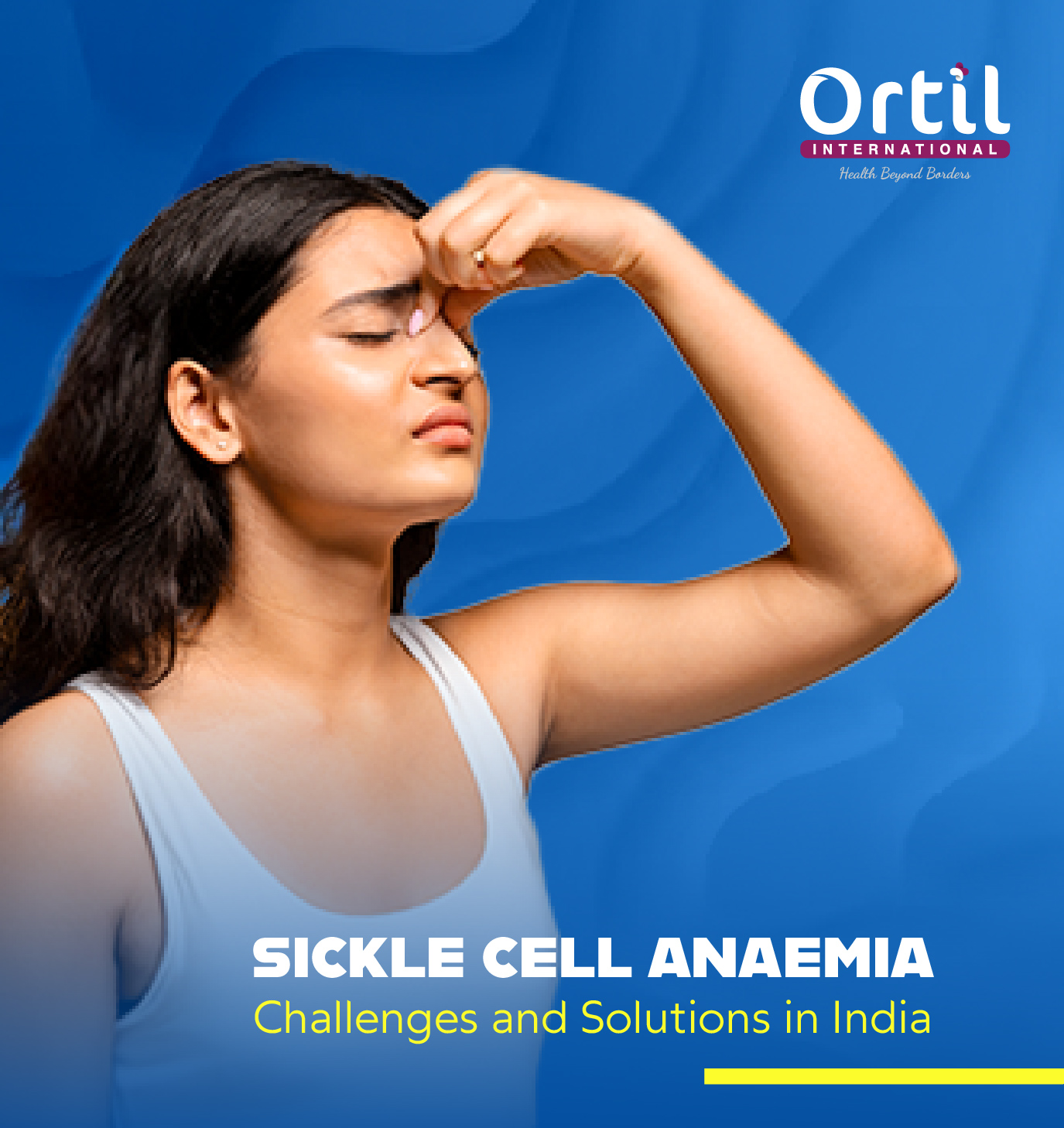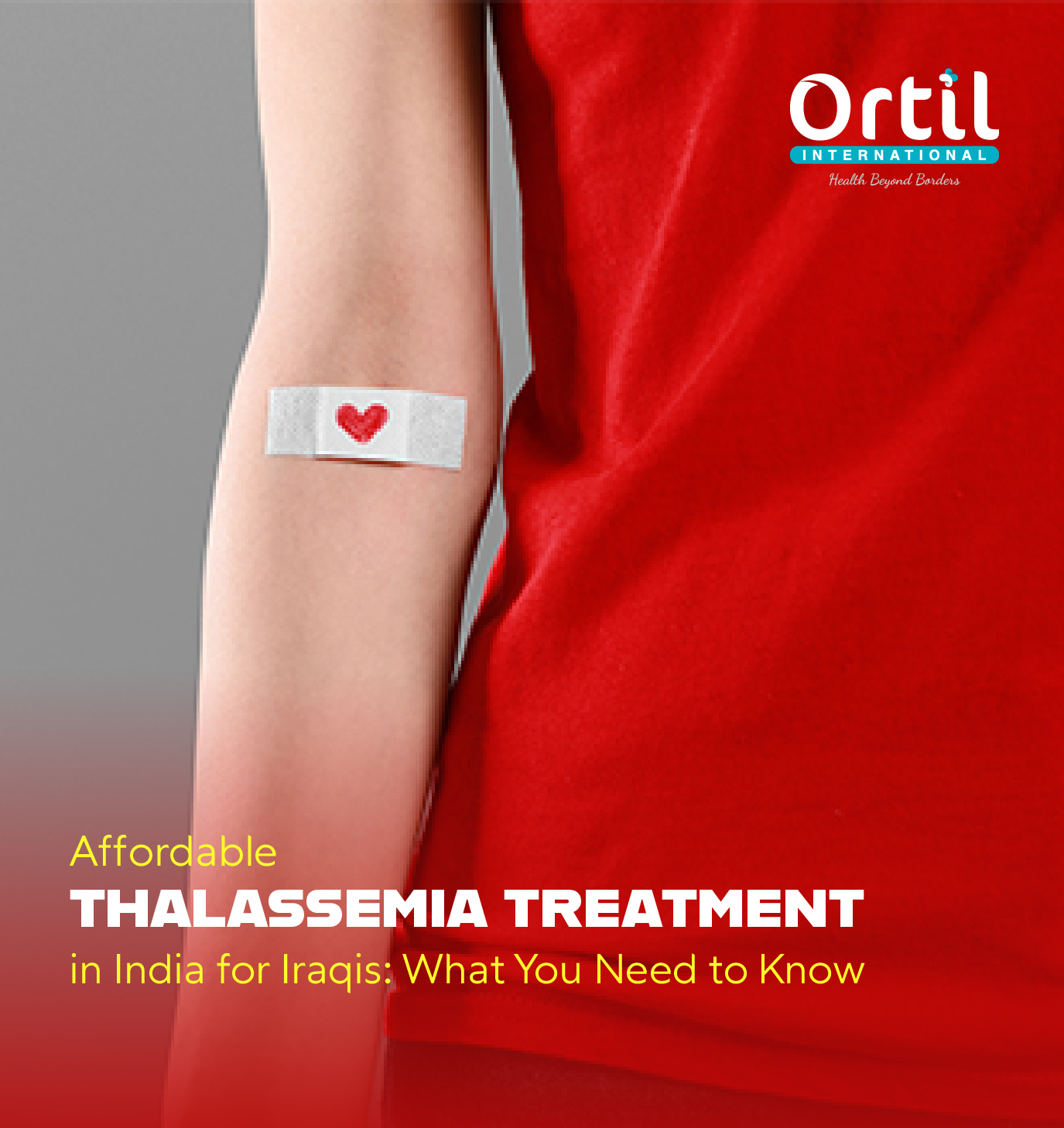What is Graft vs Host Disease After Bone Marrow Transplant?
What is graft versus host disease? Graft vs host disease is a type of complication that occurs after the bone marrow transplant. After an allogenic bone marrow transplant, donor stem cells may fight against and destroy your body cells. Sometimes, the graft vs host disease occurs right after the transplant, and sometimes, it occurs late. However, it is possible to manage this complication by taking some medicines.
 What are the Different Types of Graft vs Host Disease?
What are the Different Types of Graft vs Host Disease?
Graft vs host disease has two main types. When it occurs right after the bone marrow transplant, then it is known as acute graft vs host disease. But, when graft vs host disease occurs late after the bone marrow transplant, it is known as chronic graft vs host disease. Each type is described below:
Acute Graft vs. Host Disease: Acute graft vs. host disease occurs within 100 days of a stem cell transplant. New stem cells attack and destroy the host cells. In this type, the digestive system, liver, and skin are the most affected systems.
Chronic Graft vs. Host Disease: This type of graft vs. host disease can occur within two years of a bone marrow transplant. Symptoms usually appear late in this type of disease. Lungs, muscles, joints, skin, genitals, and mouth are mainly involved.
What are the Symptoms & Causes of Graft vs Host Disease?
Symptoms of graft vs host disease can vary from patient to patient. Some may have mild symptoms, while others can have severe and require immediate medical care. Symptoms also vary according to the type of graft vs host disease. Some common types of symptoms are mentioned below:
Symptoms of Acute Graft vs Host Disease
- Skin rash or redness
- Skin itching or blistering
- Jaundice (yellowing of the skin or eyes)
- Abdominal pain or cramps
- Diarrhea
- Nausea and vomiting
- Liver dysfunction
- Eye dryness or irritation
- Shortness of breath
Symptoms of Chronic Graft vs Host Disease
- Skin changes
- Skin rash or lesions
- Dry or itchy skin
- Joint pain or stiffness
- Mouth sores or dry mouth
- Vision changes or eye irritation
- Muscle weakness
- Joint pain and limited motion
- Painful intercourse
- Dryness of vagina
- Itchy scrotum or penis
- Chronic diarrhea or abdominal discomfort
- Liver dysfunction or enlargement
- Fatigue or weakness
Causes of Graft vs Host Disease
Allogenic stem cells attack the body’s cells because they find them a threat. Cells usually recognize the body’s own cells through a special type of protein called HLA. Each person has a unique type of HLA protein. When one person’s cells enter the other person’s body, they do not recognize those cells and start fighting with them.
Doctors usually find the donor stem cells according to the HLA protein. The closely matched HLA protein to your body is selected for bone marrow transplant to avoid the complication of graft vs host disease.
What is the Treatment of Graft vs Host Disease?
If you are undergoing a bone marrow transplant, then your doctor will guide you in taking medications to suppress your immune system and prevent graft vs host disease. These medications are called immunosuppressive medicines. These medications lower the ability of the donor’s stem cells to fight against your body’s cells.
Doctors may recommend immunosuppressive medicines either taken by mouth, by injection, or by applying lotion on the skin. In chronic graft vs host disease, long-term immunosuppressive medications are given to the patients.
Risk factors of graft vs host disease
Some of the risks of graft-versus-host disease (GVHD) are described below:
Risk Factors for Acute GVHD
- A higher degree of HLA mismatch
- Use of stem cells from unrelated donors
- Older age of the recipient or donor
- The higher dose of radiation therapy or chemotherapy before transplant
- Previous history of blood transfusions from the donor to the recipient
- Female donor to male recipient transplantation
Risk Factors for Chronic GVHD
- Prior history of acute GVHD
- Older age of the recipient or donor
- Male donor to female recipient transplantation
- Higher dose of immunosuppressive medications after transplant
- Presence of infections or other complications after transplant
Conclusion
Many patients don’t know what does graft versus host disease means. It is one of the complications of stem cell transplant or bone marrow transplant. Symptoms of graft vs host disease range from mild to severe. However it can be managed by using some immunosuppressive medicines that prevent the donor stem cells attack to the host cells.
FAQ's
How can Graft vs Host Disease be Prevented?
The graft-vs.-host disease can be prevented by matching the HLA of the stem cell donor to the recipient and using medications that suppress the immune system.
Can Graft vs Host Disease be Cured?
Yes, it is possible to cure graft vs host disease with proper professional management and care.
Is Graft vs Host Disease Life-Threatening?
If the symptoms are severe, then graft vs host disease can be life-threatening.
How Long After a Bone Marrow Transplant can you get Graft vs Host Disease?
Acute graft vs host disease occurs within 100 days after transplant, whereas chronic graft vs host disease can occur even after two years.
Which Patient is at the Highest Risk for Developing Graft Versus Host Disease?
Patients with mismatched HLA, infection, and a different gender are at higher risk for developing graft vs. host disease.











 What are the Different Types of Graft vs Host Disease?
What are the Different Types of Graft vs Host Disease?





